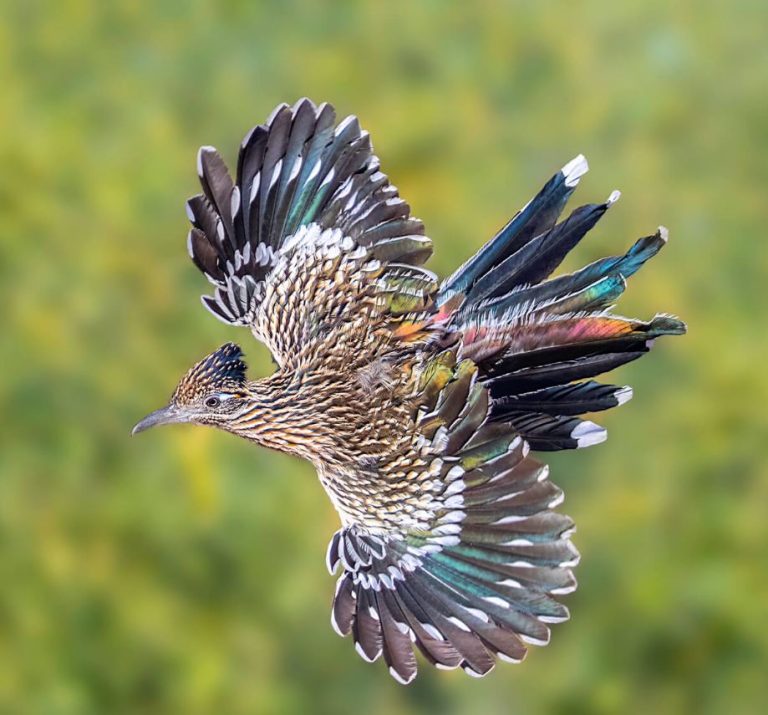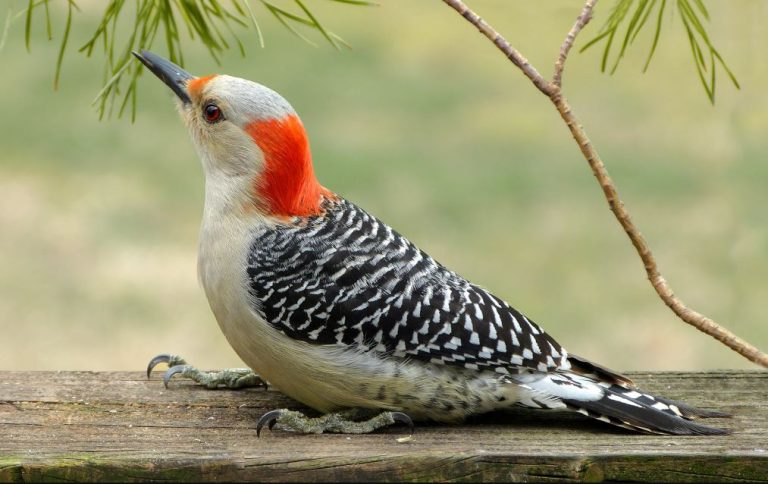20 Fascinating Northern Cardinal Bird Facts That Will Surprise and Delight You
Northern Cardinals are one of the most recognizable and beloved backyard birds in North America. Known for their striking red plumage, melodic songs, and distinctive personality, these birds have captured the hearts of birdwatchers, backyard gardeners, and spiritual seekers alike. In this article, we’ll explore 20 fascinating Northern Cardinal bird facts that showcase their beauty, behaviors, and significance. Whether you’re a beginner or a seasoned birder, these facts will deepen your appreciation for this incredible species.
Plumage and Appearance
1. Only Male Northern Cardinals Are Bright Red
One of the most iconic features of the Northern Cardinal is the brilliant red coloration of the males. This vibrant plumage plays a key role in attracting mates, as brighter feathers indicate good health and a strong immune system. In contrast, females are mostly brown with soft red highlights on their wings, tail, and crest. This muted coloring helps them blend into their surroundings, especially while nesting, providing better camouflage from predators.
2. Beak Color Reflects Diet and Health
Cardinals have stout, cone-shaped beaks that are naturally a vivid orange-red. Interestingly, the intensity of this color can vary depending on the bird’s diet. Foods rich in carotenoids — pigments found in fruits, seeds, and insects — help maintain the beak’s bright color. If a cardinal’s diet lacks these nutrients, the beak may appear dull or pale. So, a brightly colored beak isn’t just beautiful — it’s a sign of a healthy, well-fed bird.
3. Molting Can Make Them Look Bald
During molting season, cardinals may temporarily lose feathers around the head, making them appear bald or sick — but don’t worry, it’s a natural process!
4. Young Cardinals Don’t Start Out Red
Juvenile cardinals are mostly brown and gray. Males begin developing their red plumage after several months, and the transformation can look patchy during the transition.
Behavior and Personality
5. Both Male and Female Cardinals Sing
Unlike many songbirds, both sexes of Northern Cardinals sing. Female songs tend to be more intricate and are often used to communicate with their mates, especially during nesting season. This behavior helps strengthen pair bonds and coordinate feeding and nesting.
6. They Fight Their Own Reflections
One amusing yet common Northern Cardinal bird fact among homeowners: males will often peck at car mirrors or windows, mistaking their own reflection for a rival male invading their territory. This aggressive behavior is more common during the breeding season when their urge to defend territory is strongest.
7. Their Crest Shows Emotion
Cardinals have a prominent crest that moves depending on their mood. When they are alert, curious, or feeling threatened, the crest stands upright. When relaxed or calm, it lies flat. This feather movement offers visual cues to other birds — and observant humans.
8. They Use Body Language to Communicate
In addition to their rich vocalizations, cardinals communicate with physical gestures. They may flick their wings, puff up feathers, or adopt upright postures during confrontations or courtship displays. These body language signals help avoid physical fights and foster bonding.
9. They Sing Before Sunrise
Male Northern Cardinals are some of the earliest risers in the bird world. They begin singing before dawn to mark their territory and attract mates while the world is still quiet. These pre-dawn songs can carry farther and set the tone for the day’s activities.
Mating and Nesting Behavior
10. They Form Monogamous Pairs
Northern Cardinals are typically monogamous and form strong pair bonds that often last for life. Once a male and female bond, they stay together throughout the year — not just during breeding season. You’ll often see pairs foraging together, hopping from branch to branch in close proximity, or singing to one another. These enduring relationships are one of the most admired aspects of cardinal behavior.
11. Males Help Raise the Young
A heartwarming Northern Cardinal bird fact is the level of dedication males show toward parenting. During nesting season, the male plays an active role by bringing food to the female while she incubates the eggs. Once the chicks hatch, he continues to help by feeding them and protecting the nest. This cooperation improves survival rates and showcases their strong family values.
12. Multiple Broods Per Season
Cardinals are industrious parents. Depending on environmental conditions and food availability, a single pair can raise up to three broods in one breeding season. Typically, the female begins preparing for the next clutch even while the male finishes feeding the previous brood. This efficient system ensures that cardinals can make the most of favorable weather and food supplies during spring and summer.
13. Low Nests Offer Better Camouflage
Unlike many tree-nesting birds, Northern Cardinals prefer building their nests in low, dense shrubs or small trees, usually between 3 to 10 feet off the ground. This might seem risky, but it’s a clever way to stay hidden from predators. The thick foliage offers camouflage and protection, especially when the female is incubating the eggs.
14. They Use Unusual Nesting Materials
Female cardinals are creative nest builders. In addition to the usual materials like twigs, bark, and grass, they’ve been known to incorporate more unexpected items into their nests — such as string, pieces of plastic, cellophane, yarn, and even human or pet hair. This behavior demonstrates their adaptability, especially in suburban environments.
Feeding and Diet
15. They Love Sunflower and Safflower Seeds
If you’re hoping to invite Northern Cardinals into your backyard, black-oil sunflower seeds and safflower seeds are among their absolute favorites. These seeds are high in oil content, which gives the birds plenty of energy. Cardinals have strong, cone-shaped beaks that are perfect for cracking seed shells open. They also enjoy a variety of other treats, including berries, grapes, apples, and small insects — especially during the nesting season.
16. Feeding Peaks at Dawn and Dusk
Cardinals are what scientists call “crepuscular,” meaning they are most active during the early morning and late afternoon. You’ll often notice them visiting feeders just after sunrise and right before sunset. This schedule helps them avoid many daytime predators and also reduces competition from other birds that feed during peak daylight hours.
17. Anting Helps With Parasites
One of the more peculiar Northern Cardinal bird facts is their habit of “anting.” Cardinals will sometimes sit in ant colonies or pick up ants and rub them on their feathers. It’s believed that the ants secrete formic acid, which can help rid the birds of parasites or soothe irritated skin. While this behavior is still not fully understood, it shows just how inventive cardinals can be when it comes to self-care.
18. They Often Store Seeds in Their Beak
Cardinals don’t always eat their food right away. In fact, they’re known to collect several seeds in their beak before flying off to a safer, quieter spot to enjoy their snack. This behavior is also common during courtship — a male may gather seeds and bring them to the female as a kind of offering. It’s both practical and romantic!
Habitat and Range
19. They Don’t Migrate
Unlike many other birds that fly south for the winter, Northern Cardinals are true homebodies. They remain in their territories year-round, enduring both the warm summers and snowy winters of their range. This loyalty to their habitat is part of what makes them so beloved — they’re one of the few songbirds that can brighten up a bleak winter landscape with their vibrant red feathers and cheerful songs.
20. Their Range Is Expanding
Due to a combination of factors, including the rise in backyard bird feeding and slightly warmer winters due to climate change, Northern Cardinals have expanded their range over the past century. Once primarily found in the southeastern United States, they are now common as far north as southern Canada and westward into parts of the Great Plains and Southwest. Their adaptability has helped them thrive in both rural woodlands and suburban neighborhoods.
Symbolism and Cultural Significance
21. They’re Viewed as Spiritual Messengers
Many people hold the heartfelt belief that cardinals are spiritual messengers, especially when they appear unexpectedly. According to popular folklore, “when cardinals appear, angels are near.” Their bold red color and melodious songs make them stand out — leading many to interpret their presence as a sign that a deceased loved one is watching over them. This comforting belief has helped elevate the cardinal to a cherished place in the hearts of millions.
22. They’re Cultural and Holiday Icons
From holiday cards to sports mascots, Northern Cardinals are ingrained in American culture. Their vivid red color makes them a favorite symbol during the winter holiday season, often featured on greeting cards, decorations, and ornaments. The cardinal is also the official state bird of seven U.S. states — more than any other bird — and lends its name and image to the St. Louis Cardinals, one of Major League Baseball’s most iconic teams. Their popularity in art, culture, and sports highlights their enduring appeal.
Final Thoughts
These 20 fascinating Northern Cardinal bird facts highlight what makes this bird so special — from its vivid coloring and devoted parenting to its spiritual symbolism and resilience. Whether you’re watching a pair dart through shrubs or listening to their morning serenade, the Northern Cardinal is sure to delight.
If you’d like to welcome more cardinals to your yard, plant native shrubs for nesting, keep your feeders stocked with sunflower and safflower seeds, and always provide a fresh water source. With time and patience, these vibrant red birds will reward you with beauty and song.
Frequently Asked Questions (FAQ)
Do male and female cardinals sing the same way?
No. Female cardinals have more complex songs often used to communicate nesting needs with their mate.
Why do cardinals attack windows?
They mistake their reflection for a rival and act aggressively to defend their territory.
How can I attract Northern Cardinals to my backyard?
Use sunflower or safflower seeds, provide water, and plant dense shrubs or native trees for shelter and nesting.
Do cardinals migrate in winter?
No. Northern Cardinals are year-round residents in their range, even in snowy climates.
Are Northern Cardinals considered spiritual messengers?
Yes. Many people believe seeing a cardinal means a loved one is nearby or watching over them.
What else do cardinals eat besides seeds?
Insects, berries, and fruits supplement their diet, especially during breeding season.
Can cardinals recognize individual humans?
Some evidence suggests cardinals grow accustomed to regular feeders and may recognize them over time.
Do cardinals use enclosed birdhouses?
No. Cardinals prefer open-cup nests built in shrubs or low branches.
What is the lifespan of a Northern Cardinal?
They typically live 3–5 years in the wild, though some have reached up to 15 years in ideal conditions.
When is the best time to see cardinals?
Dawn and dusk are ideal, as these birds are most active at twilight hours.








